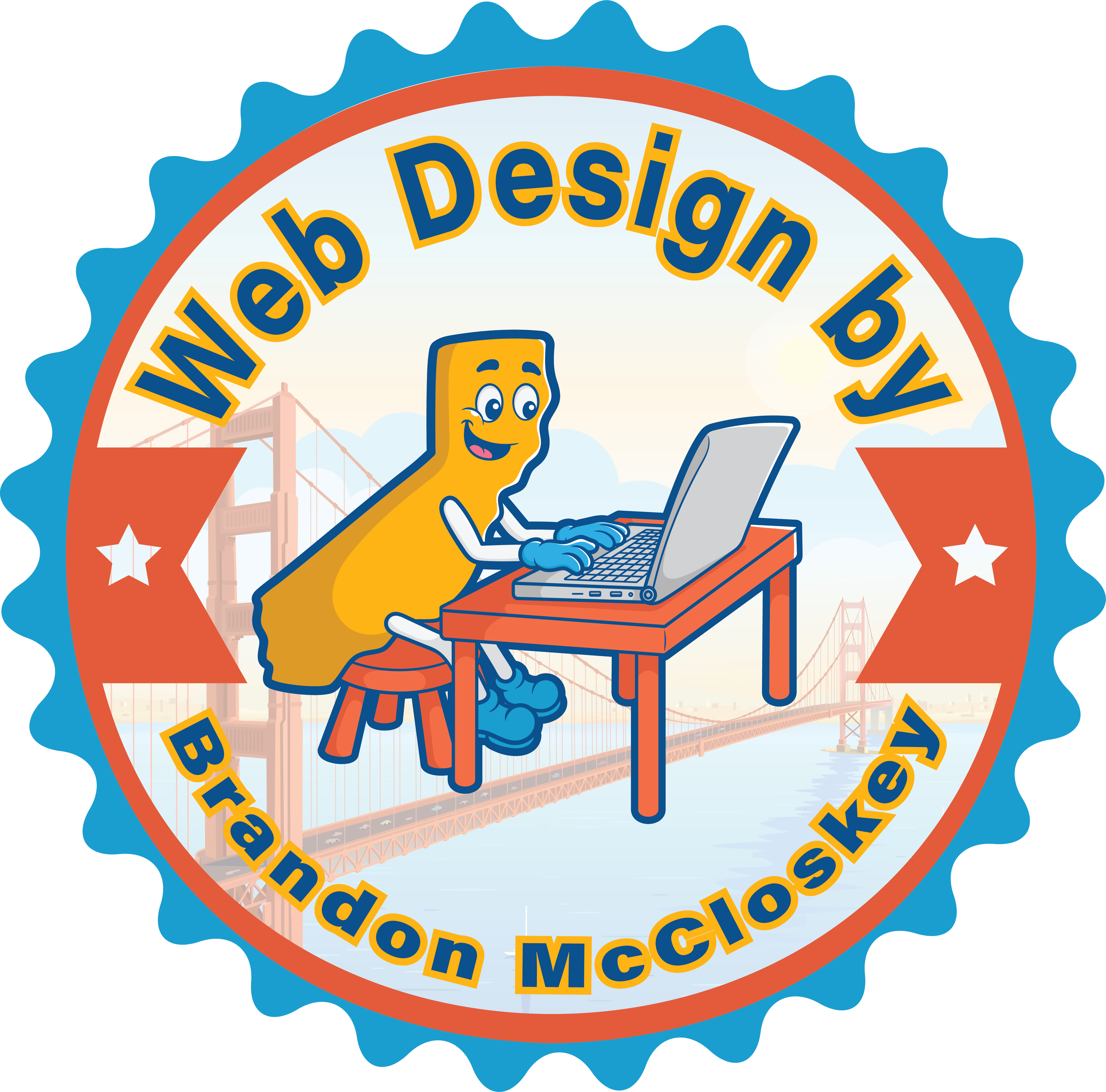- Architecture and internal linking
An information structure is of great significance if you want the search engine to be able to access your content and serve it to its users. If a search engine cannot access your information, it cannot rank it highly. From a personal point of view, information architecture is vital for users to find what they are looking for easily.
If possible, you need to create a flat structure that will keep pages not further than four clicks from the homepage. This ensures search engines and visitors to your site will find the content they are looking for with just a few clicks. Use keywords and competitor research to guide you on which pages you should have. You should visit your competitor’s pages and borrow some keywords from them if it’s hard to get some, and also you can see how their pages are structured and see if you can improve or apply their techniques. How your pages will be grouped or connected should be user-guided. Using the card sorting technique can guide you on how users identify relationships between your content this means you do not need to have a website mockup or products to do that.
- Content first design
Put into consideration the kind of content you will be hosting. Will it be through videos, large guides, or whitepapers? Your way of passing across your content needs to be planned at this point to identify what formats you will use and the functionality required. This will also help you to budget the number of resources required for the chosen model. Also identifying the type of content you will be producing helps with designing page types and forming a more consistent user interface.
